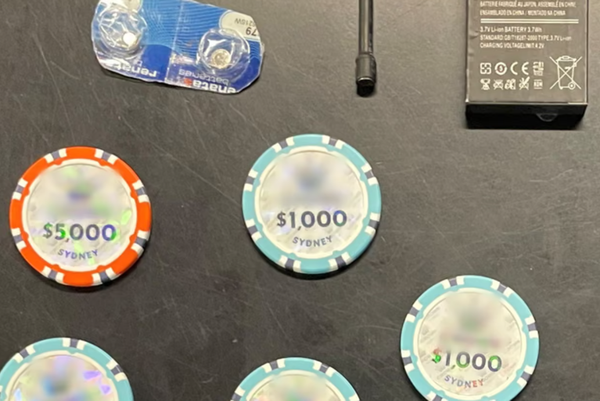
News that the survivors of the Kinchela Aboriginal Boys’ Training Home near Kempsey, New South Wales are calling for excavation of the site of the institution to reveal whether bodies had been secretly buried there has shone light once more on the Stolen Generations.
Here we explain who they are and what has happened to them.
Who are the Stolen Generations?
Aboriginal children were systematically taken from their families, communities and culture, many never to be returned, under assimilation laws and policies adopted by all Australian governments until 1970.
Children were put into institutions, fostered or adopted out to non-Indigenous families. Many suffered harsh, degrading treatment, sexual abuse, and were frequently indoctrinated to believe Aboriginal and Torres Strait Islander people were inferior, or that their parents were dead or did not want them.
It is estimated that between one in 10 and possibly as many as one in three Indigenous children were removed from their families and communities between 1910 and 1970.
What was Bringing Them Home?
In 1995, the federal government asked the Australian Human Rights Commission to inquire into the forced separation of Aboriginal and Islander children from their families.
That inquiry spent two years holding public and private hearings. It heard from institutions, churches, governments and received more than 7,000 personal testimonies of survivors.
Its final report in 1997 was called Bringing Them Home, which made 54 recommendations to support healing and reconciliation including an apology, compensation, the release of church and state records, and family reunion services.
What was the apology?
In 2008, after years of lobbying by survivor groups, the federal government under Labor prime minister Kevin Rudd made the national apology to the Stolen Generations. But according to the Healing Foundation, there has still been no systematic government response to the needs of survivors and their descendants. A 2017 review found the majority of the Bringing Them Home recommendations have not yet been implemented.
What happened to the Stolen Generations and how are survivors faring now?
Federal government data shows the Stolen Generations are the poorest and most disadvantaged among Aboriginal and Islander people, with significantly worse health, housing, employment and family outcomes. The intergenerational impact has been significant. The Healing Foundation estimates more than a third of all Indigenous people are their descendants. In Western Australia, almost half of the population have Stolen Generation links.
What are survivor groups calling for?
In 2021, the Healing Foundation sought:
A nationally consistent, fair and equitable redress scheme.
Trauma-aware and healing-informed services including aged care, health, mental health, disability and housing needs.
Access to records.
A national strategy to address intergenerational trauma, encompassing truth telling, self-determination and community-led services and programs.
Monitoring progress towards better outcomes for Stolen Generations and their descendants, including reporting to parliament.
A national centre for healing.
Have reparations been made?
The New South Wales scheme has closed. It ran from 2017 to June 2023 and provided ex gratia payments of $75,000 to living Stolen Generations survivors who were removed under the Aborigines Protection Act from 1909 to 1969.
In Victoria the scheme is open until March 2027. Indigenous people who were removed by government or other groups before 1976 are eligible if they were separated from family “for a period of time that resulted in the experience of loss of family, community, culture, identity and language”. Successful claimants may be eligible for a $100,000 payment and a personal apology from the government.
South Australia provided a total $6m in ex gratia payments to Aboriginal people until 2015. In 2018, an additional payment of $20,000 was made to eligible applicants.
Tasmania had a $5m fund from which ex gratia payments were made in 2006. It was the only scheme in the country so far that allowed the children of deceased members of the Stolen Generations to apply for payment.
The Territories redress scheme is run by the federal government and is open until 2026 for people in the Northern Territory, Australian Capital Territory and Jervis Bay. The average redress payment to survivors is $81,866.
There is no redress scheme in WA or Queensland.
A separate national redress scheme, created in 2018 in response to the royal commission into institutional responses to child sexual abuse, is open to all survivors who experienced sexual abuse as a child. But for Stolen Generations, any earlier payments made in recognition of abuse will be deducted from any redress payment.
For information and support in Australia call 13YARN on 13 92 76 for a crisis support line for Indigenous Australians; or call Lifeline on 13 11 14, Mensline on 1300 789 978 and Beyond Blue on 1300 22 4636







